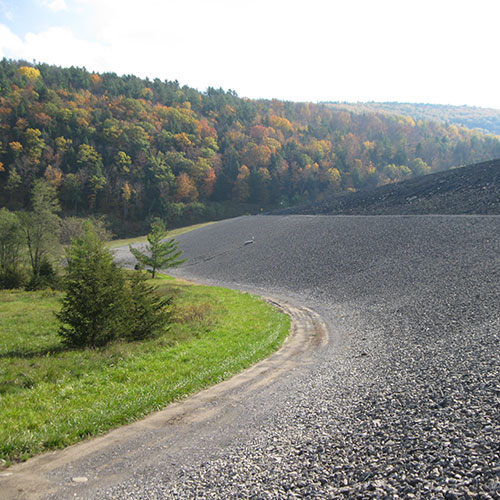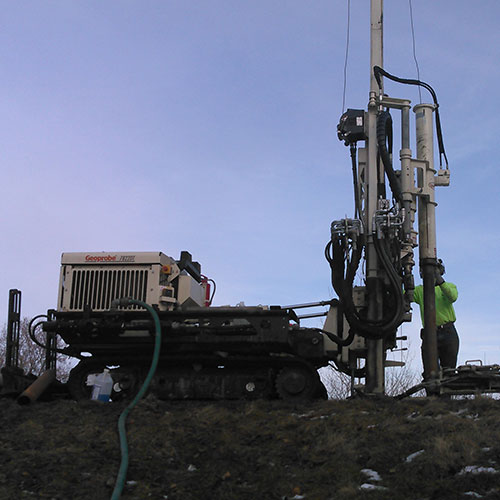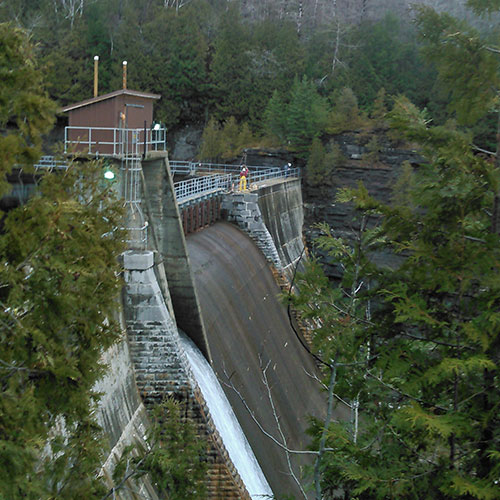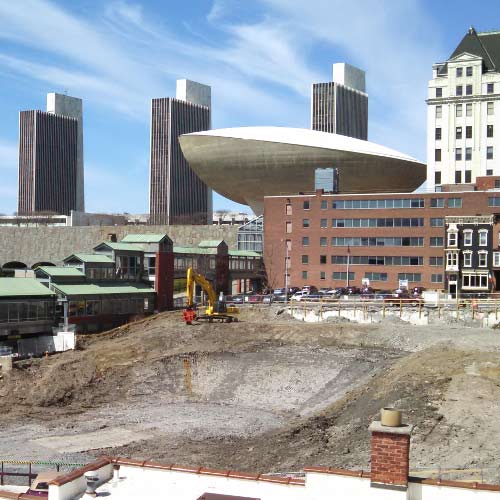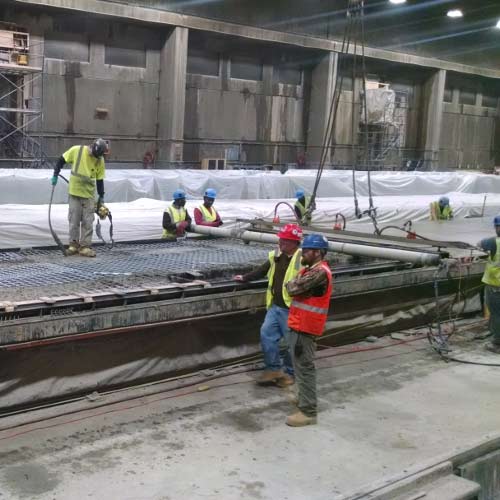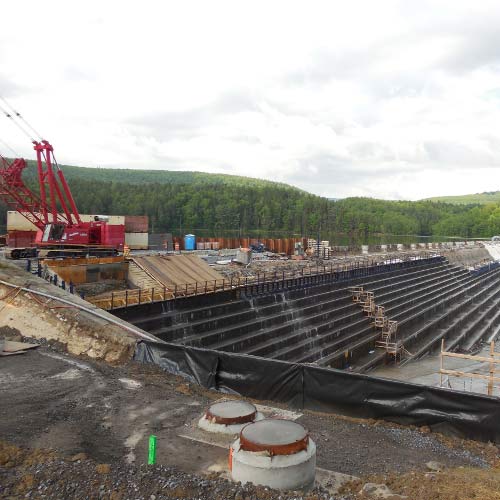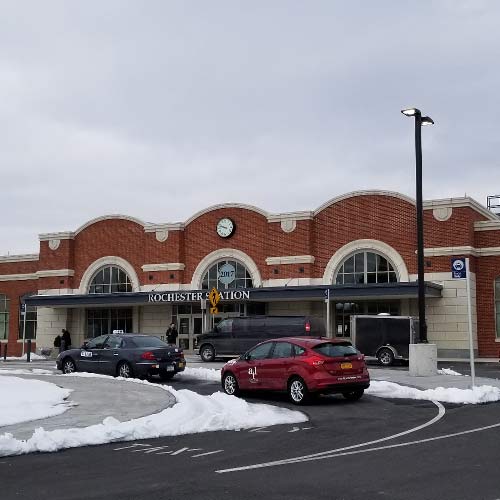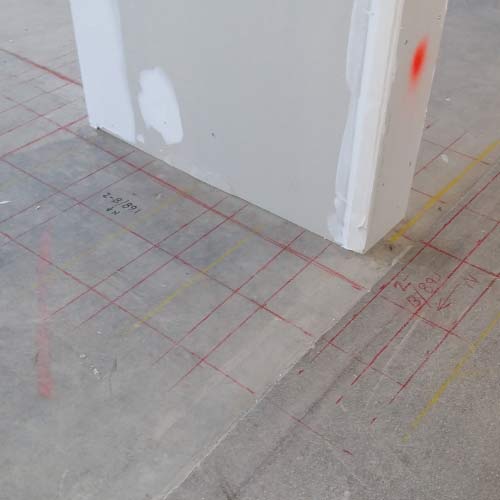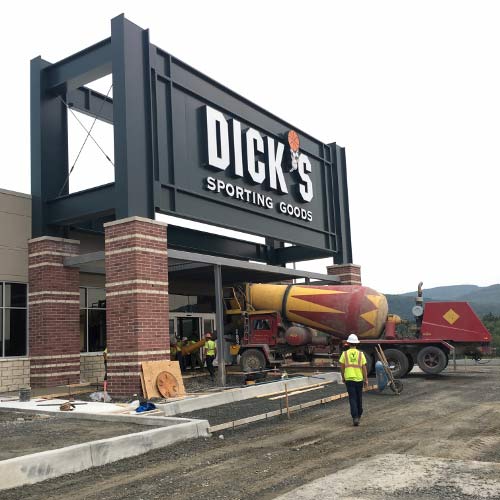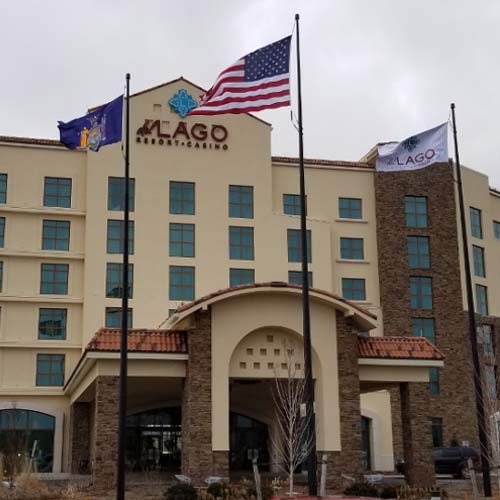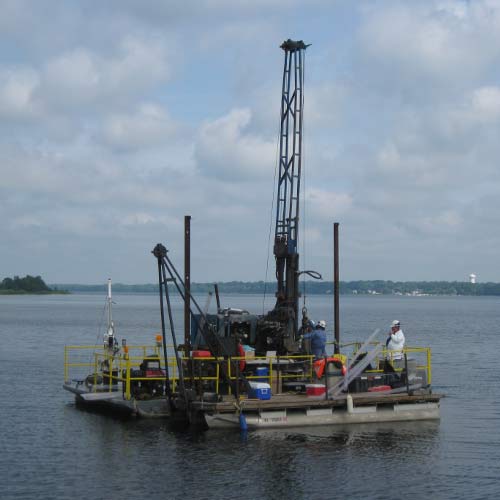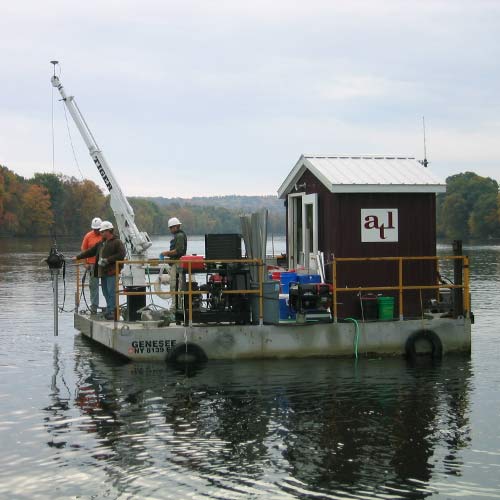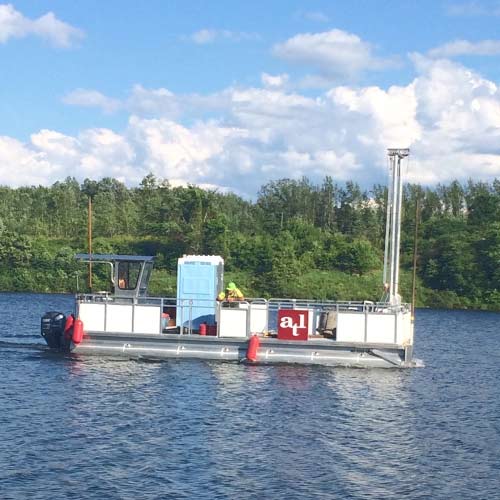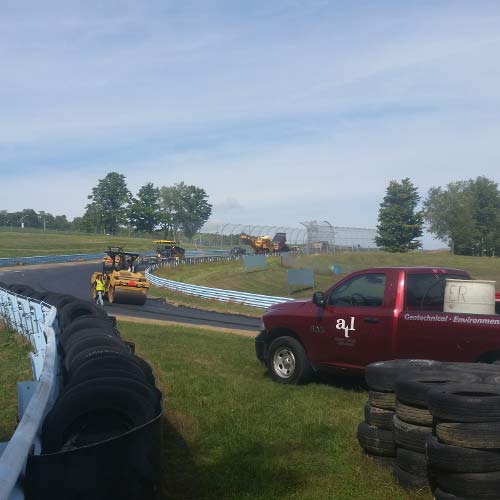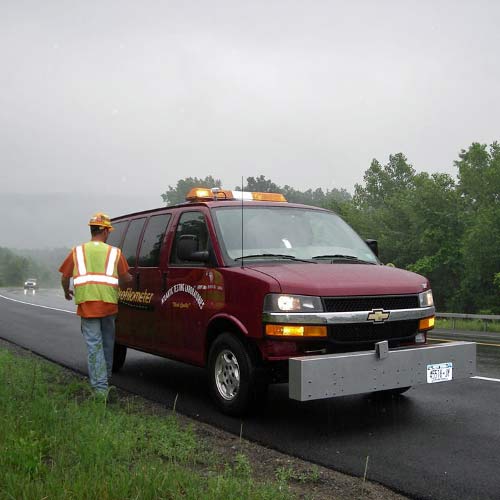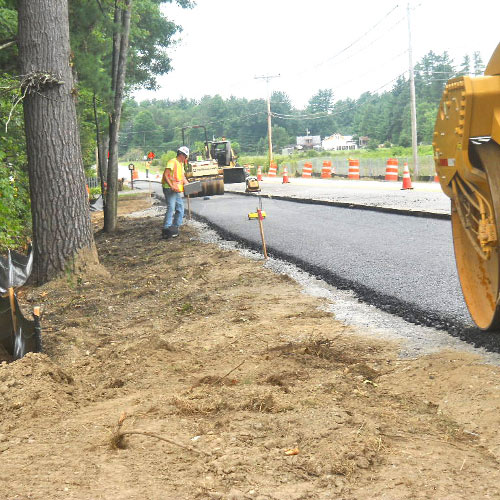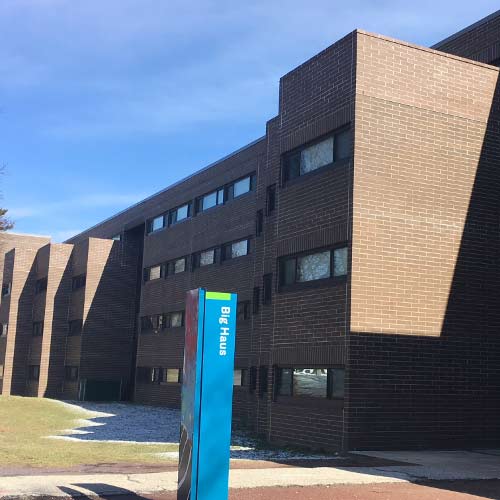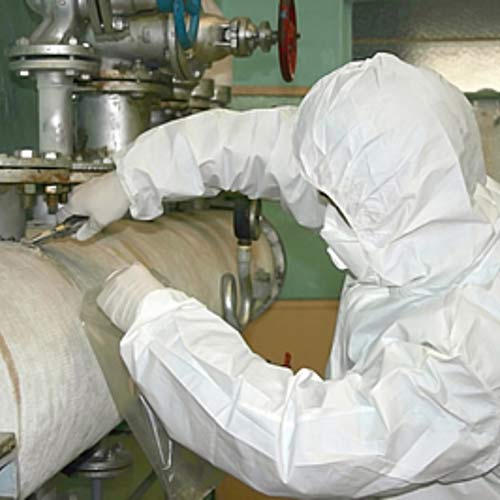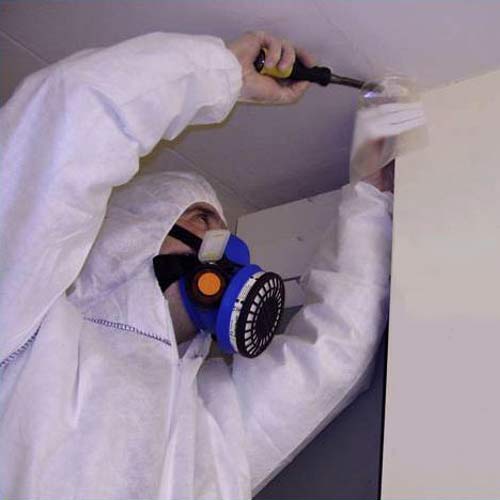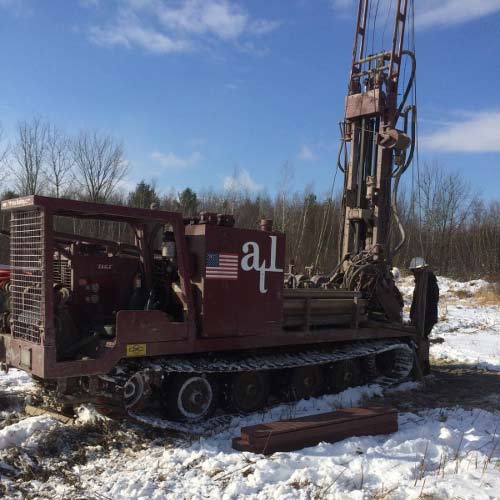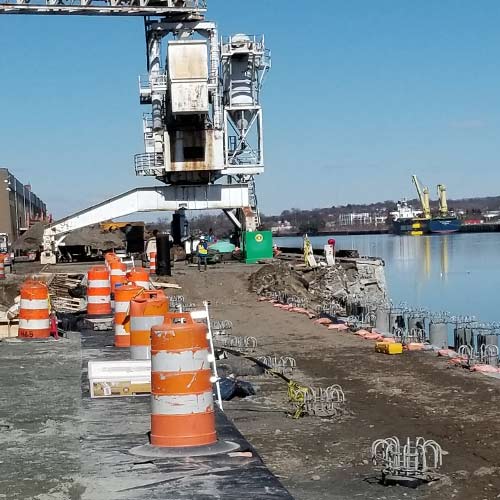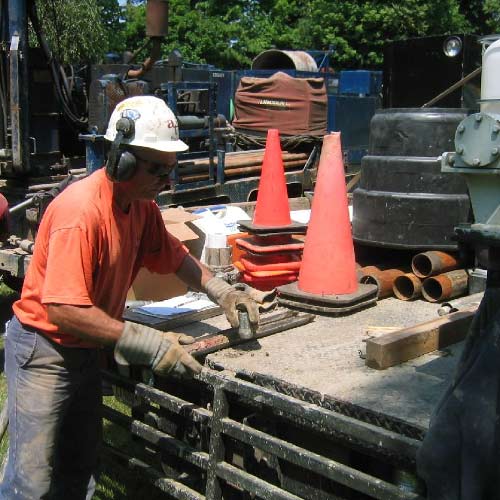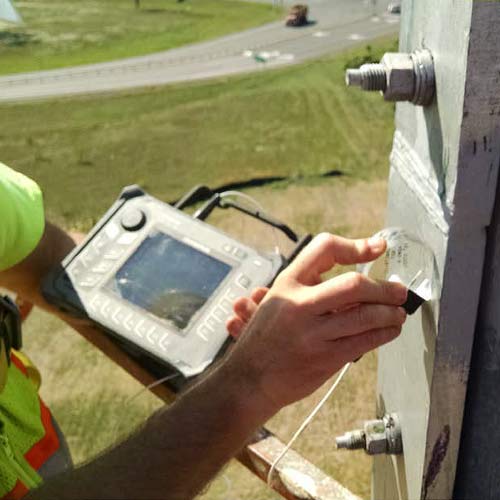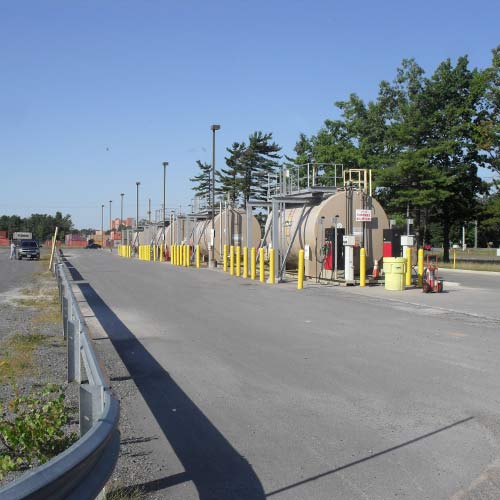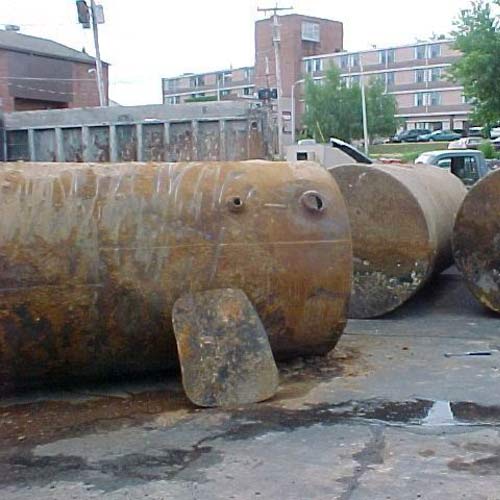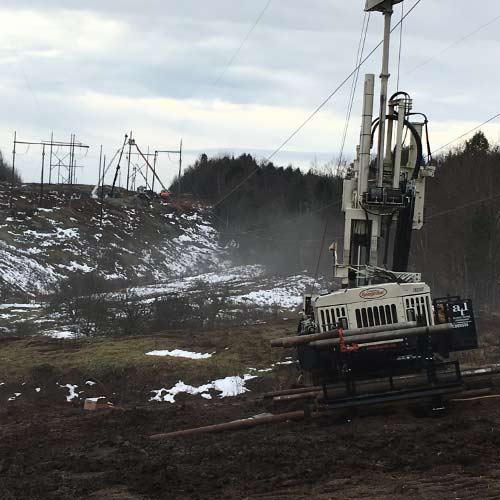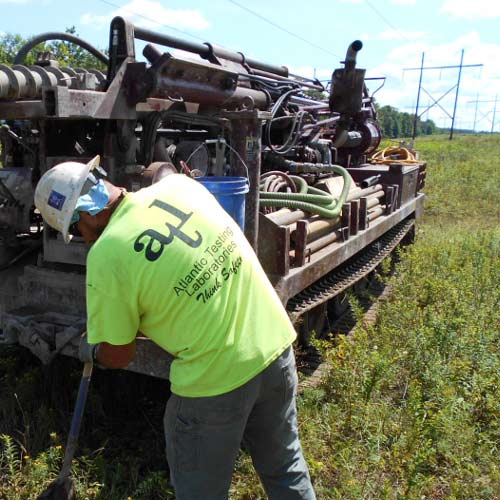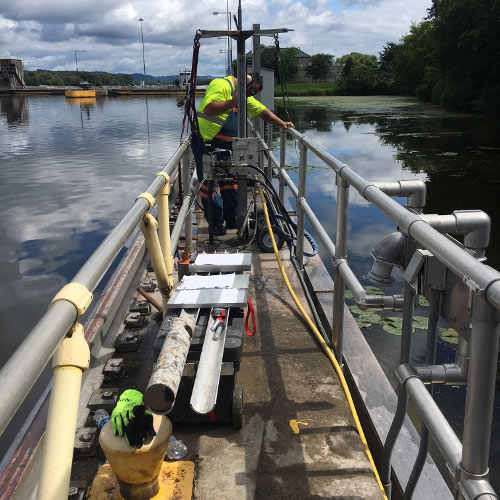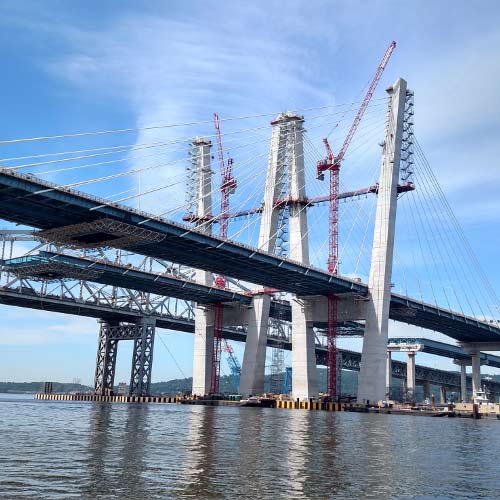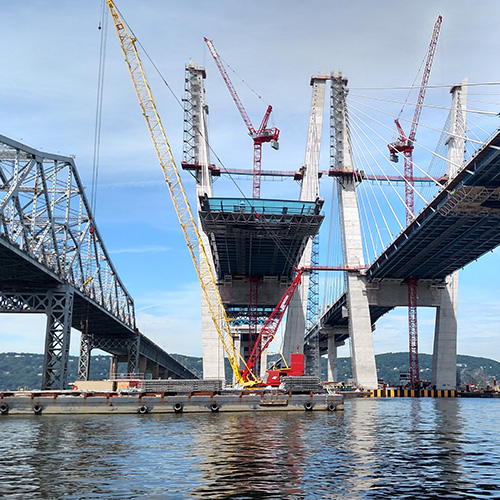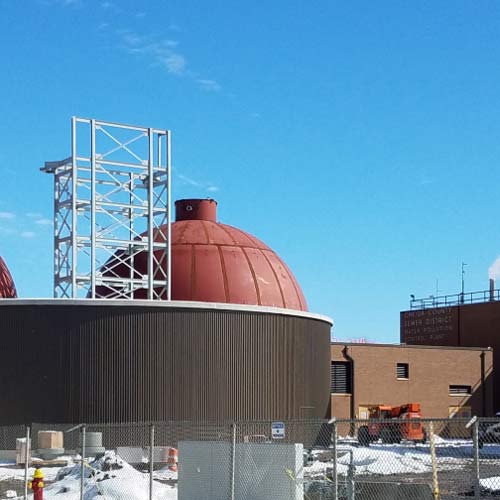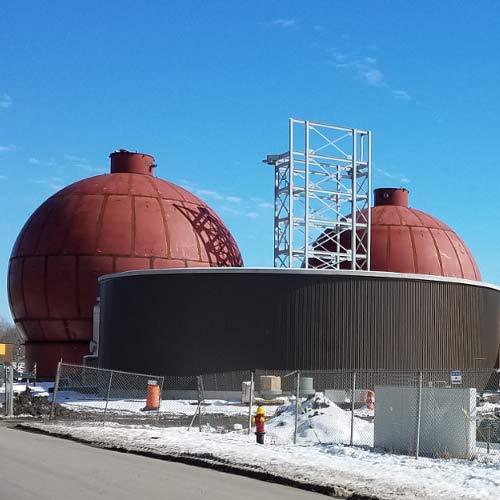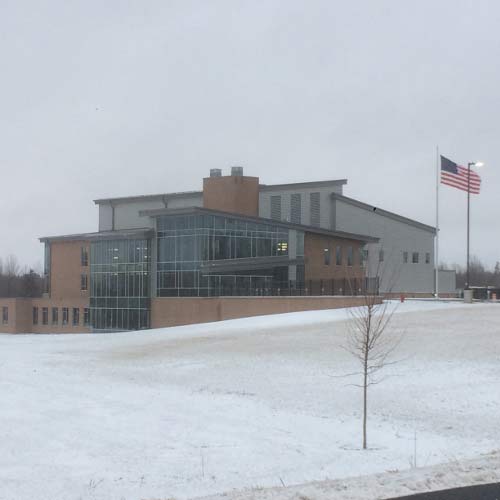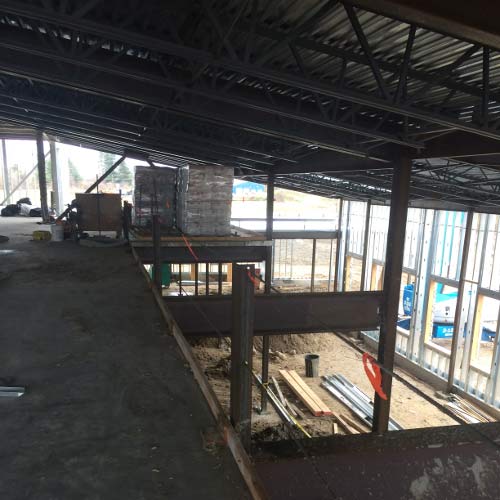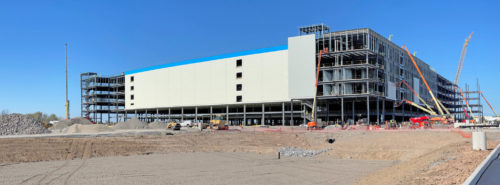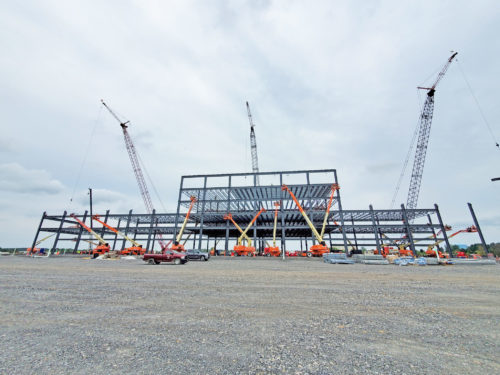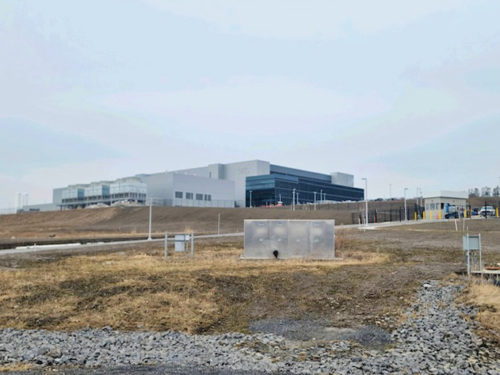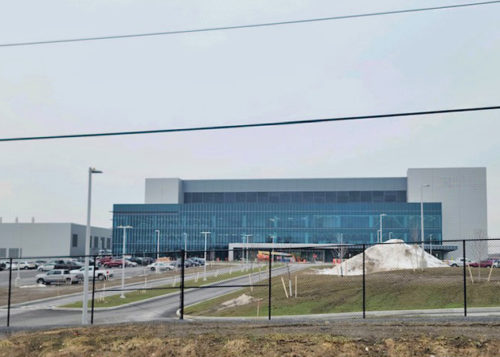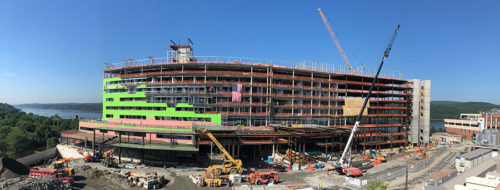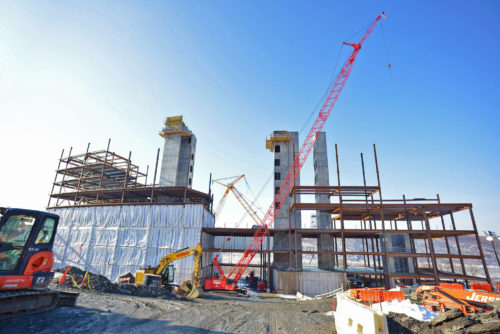Controlling construction stormwater runoff is a serious matter, because it can cause environmental impacts and public health issues, if untreated. Stormwater is rainwater or snowmelt that flows over the earth, picking up sediment and pollutants, and potentially discharging these into adjacent streams, rivers, or lakes. If not properly managed, runoff can cause erosion and flooding, resulting in damage to structures and property, roads, culverts, and bridges, among other things. Changes in land use can have a substantial impact on quality and quantity of stormwater, especially when impervious surfaces are increased, restricting naturally-occurring soil infiltration. Damage to a property under construction, along with neighboring properties, may be prevented by having a Storm Water Pollution Prevention Plan (SWPPP) and hiring a qualified inspector to periodically verify compliance.
Certain regulatory oversight for Stormwater Management is delegated by the Environmental Protection Agency to the New York State Department of Environmental Conservation (NYSDEC), which is responsible for regulating stormwater discharges from construction sites in New York State.
The NYSDEC utilizes the State Pollution Discharge Elimination System (SPDES) Stormwater General Permit (GP-0-20-001) to enforce its regulations. This General Permit regulates construction activities that disturb 1 acre or more of land, even if the area is not disturbed all at the same time. Activities that require a permit for a project proposed to disturb 1 acre or more include grading, excavating, filling, stockpiling, demolition, and clear-cutting, clearing and grubbing.
In order to obtain coverage under the General Permit for a specific project, a Notice of Intent (NOI) must be submitted to the NYSDEC for authorization. A SWPPP must be created in conformance with NYSDEC technical standards, and must include project sequencing and phasing, operation and maintenance, construction plans, erosion and sediment control details and specifications, stormwater management design and details, contractor certifications, NOI, the General Permit, and inspection requirements.
Specific paperwork must be maintained on a construction site to comply with the General Permit requirements. This includes NOI Acknowledgment Letter from the NYSDEC, NOI signed by the owner and SWPPP preparer, MS4 SWPPP Acceptance Form (if applicable), copy of the SWPPP, Site Log Book (includes certifications, site inspection reports, and SWPPP updates), Letter of Permission to Disturb Greater than 5 Acres (if applicable), and SHPO Documents.
During construction, make sure your site inspections are performed by a qualified individual as defined by the NYSDEC. This will provide greater confidence that erosion and sediment control measures prescribed in the SWPPP are correctly installed and maintained, and that there is no substantial visible contrast between water discharging from the site to adjacent properties or any receiving waters.
If you have a project that includes a Construction General Permit for Stormwater, ATL has 26 Qualified Inspectors, working under the direct supervision of ATL’s Licensed Professional Engineers, located strategically throughout New York State to perform SWPPP Inspections as dictated by your General Permit.
For more information, contact Kasey Garrand, at 518-563-5878 or info@atlantictesting.com.



